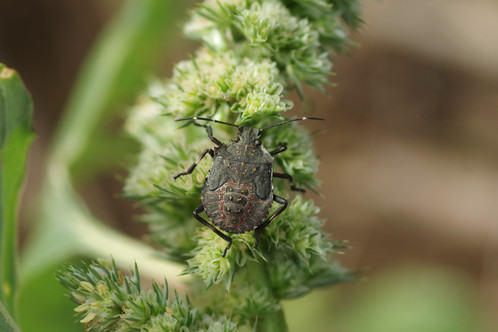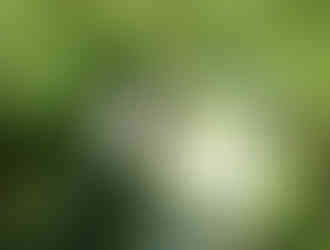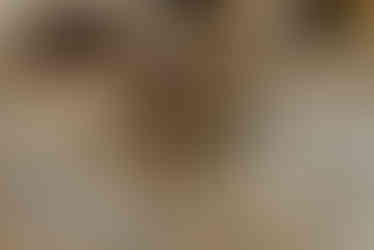Barcelona (October 2025)
- Annie Northfield

- Oct 24
- 5 min read
Updated: Oct 29
During October, my workplace sent me to Barcelona for a few days – being a work trip, I wasn’t sure there would be time for any bugging, but unexpectedly there were several opportunities and a couple of discoveries which were new to me. I should really have been a bit more proactive and booked a couple of days’ holiday either side, or gone somewhere else afterwards, but I didn’t. We therefore had three functional days, and two either side to travel down and up again on the train. The bulk of the three days was taken up by many hours of meetings, but on our designated organisation excursion day, we visited some farms which provided a small amount of free time in which to look at insects.
There wasn’t really an expectation of seeing any spectacular creatures, but it was pleasant to become re-acquainted with some familiar faces: Nezara viridula, Lygaeus equestris, and Spilostethus pandurus were first, followed by the vilified Halyomorpha halys, a massive pest of crops in the area present in large (and slightly alarming) numbers on buildings and plants.
Above: Eurydema eggs, Lygaeus equestris, Nezara viridula, Pyrrhocoris apterus.
Above: Halyomorpha halys adult and nymph
Two dead beetles were found by somebody else on the trip, a Blaps sp. and a Carabus, which we eventually found was Carabus purpurascens, a slightly slimmer species which looks a little like C. problematicus but without the distinctive marks on the elytra.
In a field of white Diplotaxis there were numerous butterflies, day-flying moths, and hymenopterans. Clouded Yellows (Colias croceus) were abundant, mostly the normal yellow and orange forms but also interspersed with one or two whitish ones. I was initially excited that these could be Berger’s Clouded Yellow (Colias alfacariensis) which is found in the area, but then I became suspicious that they could just be helice forms of the normal ones. It’s difficult to tell.
A new moth for me followed: the Crimson Speckled, or Nomeolvides, Punteado, Lacayo carmesí or Palomita arlequín in Spanish (Utetheisa pulchella) – I couldn’t find a Catalan common name for the species. I had spent quite a bit of time searching for these in the UK, where they are seasonal migrants and turn up in quite large numbers sometimes, but without any success. They were amazingly colourful, and also quite a bit larger than I was expecting (I had been anticipating something micro-size).
I was then drawn to the strange, high-pitched buzz of a fly, which cut through much of the other noise and was very audible. The culprit was moving too fast for me to properly catch up, but in a couple of seconds I took two out of focus shots before it whizzed away into the distance. It wasn’t until I was looking through the photos a week or so later that I was dismayed to find it was in fact one of the flies I had been most keen to see in southern Europe: Eristalinus megacephalus!
These fabulous hoverflies have spectacular huge spotty eyes, and are the rarest in their genus. The larvae develop in contaminated but running water, which seems like a somewhat difficult environment to locate – in contrast to the more familiar Eristalis which can develop in almost any contaminated water.
Above: the tantalising, out-of-focus offerings which fail completely to do justice to this amazing species.
Above: some of the other field inhabitants - Andrena sp., Eupeodes sp., Scolia hirta.
Above: some more urban sightings - Tarentola mauritanica, Eobania vermiculata, Polistes dominula
While we were outside and listening to a talk, I noticed close to where I was standing a Cyclosa insulara web, with the occupant sat in the middle of the debris line. During the course of the talk, she caught a couple of flies and took them back to the centre of the web, both to eat and then use for further camouflage once they were finished with. There were a lot of flies around and it was easy to miss one, so towards the edge of the web was a dead fly which had apparently gone unnoticed by the Cyclosa. A small movement around this fly caught my attention, and I suddenly found myself looking at a fascinating scene.
Above: Cyclosa insulana in web
Next to the fly was a miniscule shape, which upon closer inspection revealed itself to be a miniature spider, only a couple of millimetres long, a fraction of the size of the Cyclosa. This spider looked as though she was wrapped in silver leaf, glinting in the sun, absorbed in the activity of apparently eating the fly. She was a pirate spider, Argyrodes argyrodes, a kleptoparasite which lives in the webs of other species and steals their food, or in this case eats their leftovers. A very widespread species, from the Mediterranean region to South Africa, they do not catch their own prey or build their own webs, instead exploiting the web-making and prey-catching expenditure of their hosts. The silver colouration may help them with camouflage, deceiving the host’s eyes or perhaps even attracting more prey to the web.
Above: Argyrodes argyrodes
I noticed a lot of snail related imagery while we were in the city, which seemed to just be a peculiar coincidence. From the emblem of a restaurant to sculptures on a planter near the Arc de Triomf, and especially around the Sagrada Familia, they seemed to be all over the place.
Above: snails at the Sagrada Familia
Above: more snail-themed things
Myself and colleagues did a tiny bit of city exploration in the mornings and evenings, including the aforementioned visit to the iconic Sagrada Familia, which really has to be witnessed to be appreciated in all its crazy, unfinished glory. Initiated and started by José María Bocabella and Francisco de Paula del Villar, it was taken over by Catalan architect Antoni Gaudí in 1883, who started to steer the design away from the original neogothic vision. The church is still not finished today; allegedly Gaudí, when questioned about the extensive construction period of the church, responded “my client is not in a hurry”.
The design is absolutely breathtaking. The back of the church, which we saw first, is a projecting castle of light stone, which after initially being made using stone sourced from near local Montserrat mountain, has been made with Lancashire gritstone (a type of sandstone) since 2018. This creates columns and designs which look almost organic, or like they’re melting, evocative of caves or coral reefs. Furnishing these incredible structures are innumerable figures of people, animals and plants, of knights, worshippers, cypress trees, birds, reptiles, and of course the strange selection of snails. One site I visited says that the snails were chosen for their ‘demoniacal nature’ and are positioned outside the building, acting as gargoyles. I think this is a slightly unfair judgement on the nature of snails, especially because my first interpretation of the four different types of snails was as an appreciation of the diversity of life, or of God’s creation perhaps. Or maybe they're just fun gargoyles. Whatever the reason, they are a striking and unique feature of the architecture.

In the vicinity, we saw one Asian Hornet (Vespa velutina) and a bee of the genus Amegilla, probably A. quadrifasciata, who after visiting some purple Salvia flowers alighted on a stalk, clamped down using her jaws, and started to clean herself – the first time I’d seen this behaviour!
For a short few days in the vicinity of Barcelona, and not explicitly being there for invert-hunting, I still managed to see several interesting species. I was particularly pleased with the Argyrodes in the Cyclosa’s web, as well as the Crimson Speckled moths and – if I’d been able to notice at the time – Eristalinus megacephalus.
Invertebrate highlights:
• Argyrodes argyrodes • Carabus purpurascens • Cyclosa insulana
• Eristalinus megacephalus
• Halyomorpha halys
• Nezara viridula
• Scolia hirta
• Utetheisa pulchella












































































